In this very special episode of The Happy Doc, Taylor…
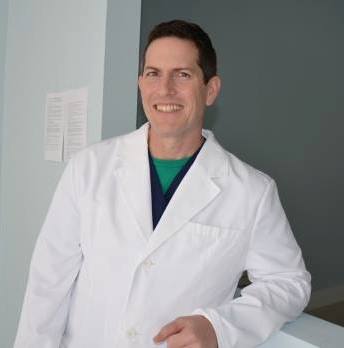
Programming and Medicine – Dr. Mark Leeds
[podcast src=”https://html5-player.libsyn.com/embed/episode/id/5130676/height/90/width/450/theme/custom/autonext/no/thumbnail/yes/autoplay/no/preload/no/no_addthis/no/direction/forward/render-playlist/no/custom-color/88AA3C/” height=”90″ width=”450″]
Mark Leeds is a practicing Family physician in Ft. Lauderdale, Florida. He owns his own micropractice and currently does addiction medicine. Mark has a strong background in technology, programming, and marketing. This conversation explores Mark’s journey in medicine, his tips for success, and how do use digital media to improve your work in medicine.
Feel free to comment with questions on posts to learn more, we will chime in!
Also please check out Mark’s blog: www.drleeds.com/blog/
Transcription
Note: my comments are italicized
Experienced “human rights abuse” as an employed attending:
-“We were expected to be competitive. At one point, the office manager put a score board and would keep tally of the patients we were seeing… [we] were reprimanded if we weren’t seeing enough patients… it was abusive… as bad as things can get”
Typically would have to see 30-35 patients in an eight-hour period (and as many as 50)
–So punching in the numbers (without a lunch) this gives 16 minutes per patient
-What do you think about a 16-minutes with your doctor? Does this sound like enough time to truly discuss your health with your primary care physician?
-With a 50 patient load this time is reduced to ten-minute visits per patient
Ideal amount of time to see a patient is 45 minutes to an hour
You shouldn’t expect to be constantly happy
-even the most successful people have “down” time
-happiness is working on something you love doing
-relative happiness: showing gratitude and thankfulness in comparison to previous jobs and position.
Taking time off as a doctor is a nightmare
-need to play catch up and might have extra work and extra patients when you come back
-physicians are under a tremendous amount of pressure to maintain their patient loads and keep up with all the information
Work as little as 4 hours a day
-uses google voice to forward calls to his phone
-sets up own schedule
-sets up schedules via e-mails and text messaging
-takes call from patients but rarely gets anything overnight
-works predominantly with patients addicted to opioids
Don’t get sucked into purchasing fancy equipment
-Mark spent $30,000 on hair removal machine, was a big mistake
-this ended up being a huge money waster
-a good physician can have a practice with all the tools you can fit into a bag
Pro tip: keep your overhead as low as possible
-don’t invest too much until you have a following
-you can find cheap office equipment from doctor’s retiring, hospital sales, using massage tables as exam tables, etc. (be creative)
To the Pre-meds: make sure this is what you love doing
-do you naturally gravitate towards reading medical textbooks, reading health news? Do you feel passionate and excited going into this field?
-this is a difficult job with many years of dedication
-the process is constantly becoming more competitive
Don’t go into a specific field for the money
-You are dedicating a great deal of time if you are specializing into a field
-if you go into the field just for money it won’t be sustainable
-if you are unsure you can go more general such as in Family medicine which will add more flexability
-more ability to reinvent yourself in a general field
Be able to see a patient with the tools in your bag
-it doesn’t have to be complicated, do not need massive amounts of tools
-you can learn to travel light, especially if you practice in an area with shared space
You can have a customized EMR tailored to your practice
– http://www.open-emr.org/
-Can utilize a tool such as www.upwork.com, to hire freelance programmer to customize the Open EMR for you
-don’t need to spend astronomical amount of money on an EMR system
You can always market yourself
-Whenever you work with patients have a way for them to contact you in the future
-can amass a following at any time/have people keep you in mind
Read your contracts carefully
-be weary of the non-compete clause which may not allow you to see patients from your previous employer
Don’t be afraid to speak, write, and communicate your feelings and thoughts
-its never a wrong time to try blogging, podcasting, creating content and marketing yourself early
Discussion not present in the interview:
What was your shift into a more positive mindset/behavior:
“In early 2014, I took off some sick time. I was in bed resting and I watched The Secret on Netflix. It makes sense that if you focus on what you want you are more likely to get it.With the internet it is easier to find information and groups of like minded people.”
How would you improve the current medical culture:
“Require leadership at the top in health care institutions, including insurance companies,¨hospitals¨and outpatient clinics, be actively licensed¨practicing physicians. It may not fix anything, but I find it offensive when people who do not see patients tell us how to see patients”
What type of pricing schedule to you use… do you offer that to every patient?
“I charge $200 for one month of healthcare for opioid dependence this is near the lower
end of the scale in our area and most other practices do not throw in easy access
to the doctor and a full month of care”
Question from a listener: “I was wondering if in the next episode it would be possible to define micropractice, the logistics of running it, and how to organize it so that with fewer patients a physician can still earn a good living to support family and pay out loans.”
Mark: “Making a micropractice work will involve implementation details that will vary depending on the physician and the location.
Having a membership community to discuss what works and doesn’t work might be a good idea.
My current practice involves treating opioid addiction. There is a demand for this in the US. The surgeon general has asked that all physicians help in this area. A micropractice is ideal for providing this time intensive, personalized treatment.
If you see 30 patients per day and you are paid 10% of the revenue you generate, you should be able to bring in the same money with 10% of the patients in your own practice. That would be 3 patients. At that point, overhead has to be kept as low as possible. Sharing office space, low cost office space. Also stay out of debt wherever possible, keep cost of living low. It’s not about being rich, it’s about freedom. If you want to be rich, being free to have time to think and work on other things will help a lot.
I was thinking also that an important point is creating a personal brand early on. Make it easy for the patients whom you meet throughout your training and your early career to find you. I have had the same phone number since 2006. I have always given it out to my favorite patients and allowed them to call me directly. Even when I worked other places, I let good patients short cut the system and reach me personally. A website and blog is a good idea also. Try to write daily and use good SEO practices and write useful material. Keep it simple. Use the Yoast plugin to help with SEO. Use social media. You could do a whole show on this stuff. A lot of doctors, including me, are afraid to put themselves out there with giving out their phone number and writing blog posts. That’s how they keep us employed in abusive workplaces.”
Note: the website link in the closing is incorrect as this was an early episode of the podcast.
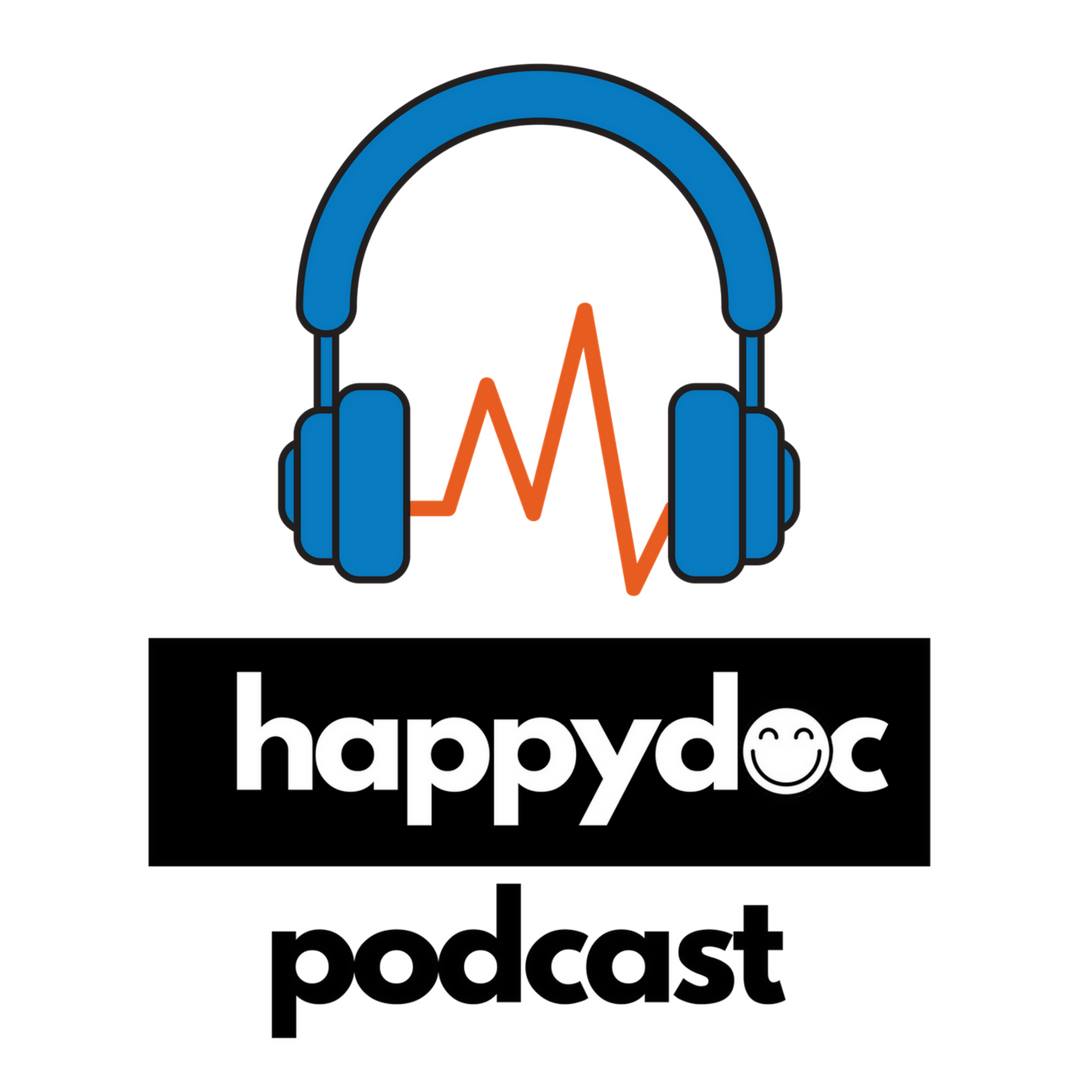
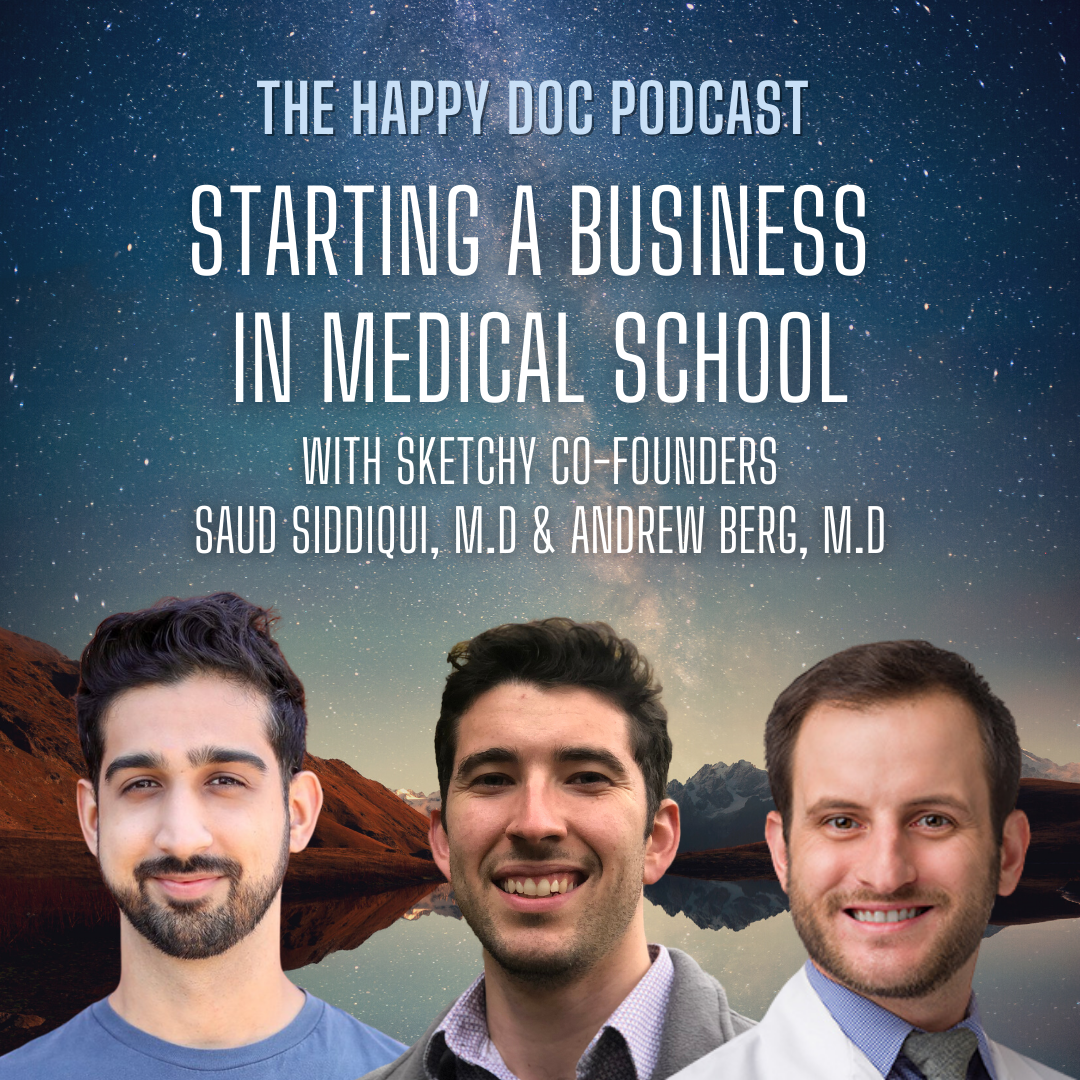
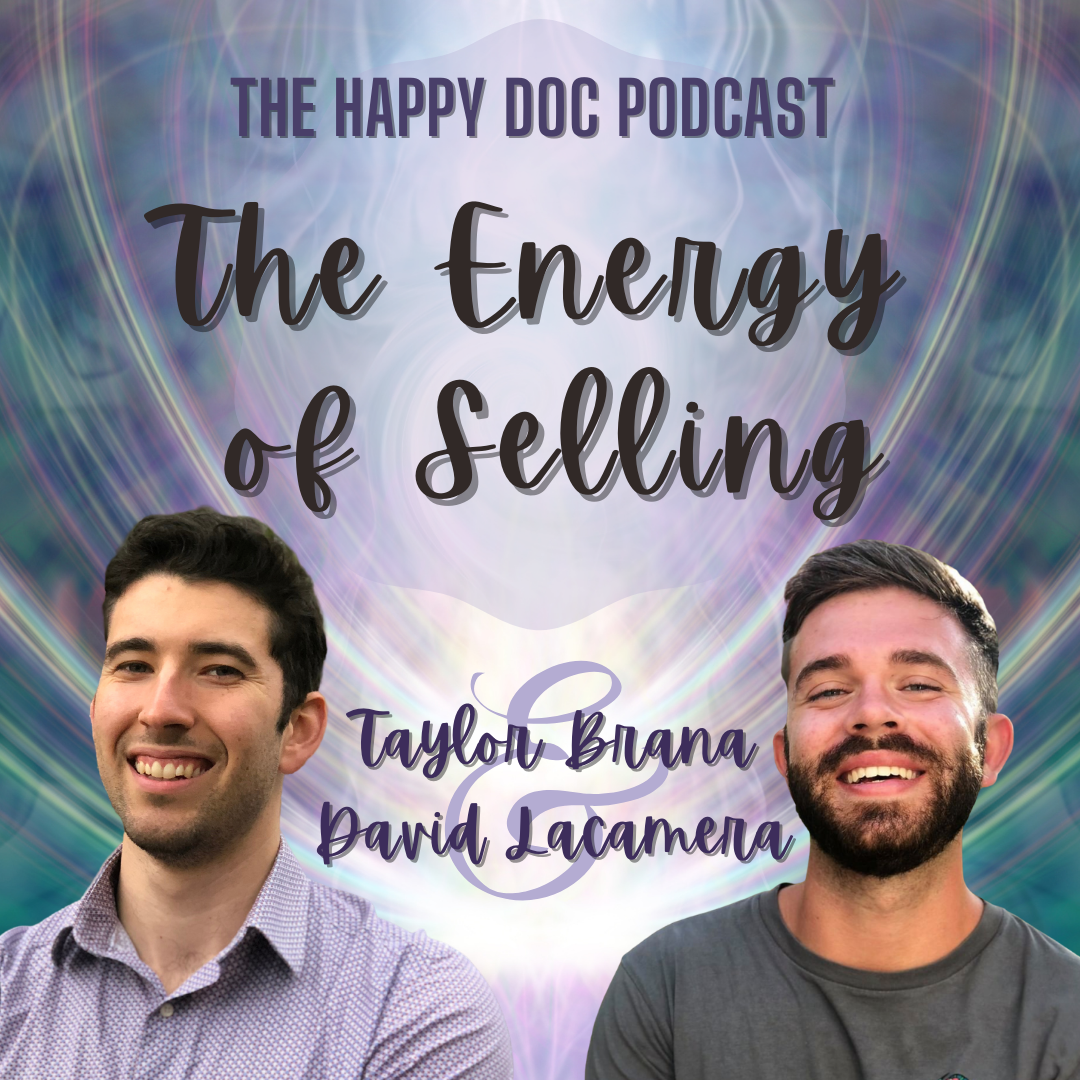
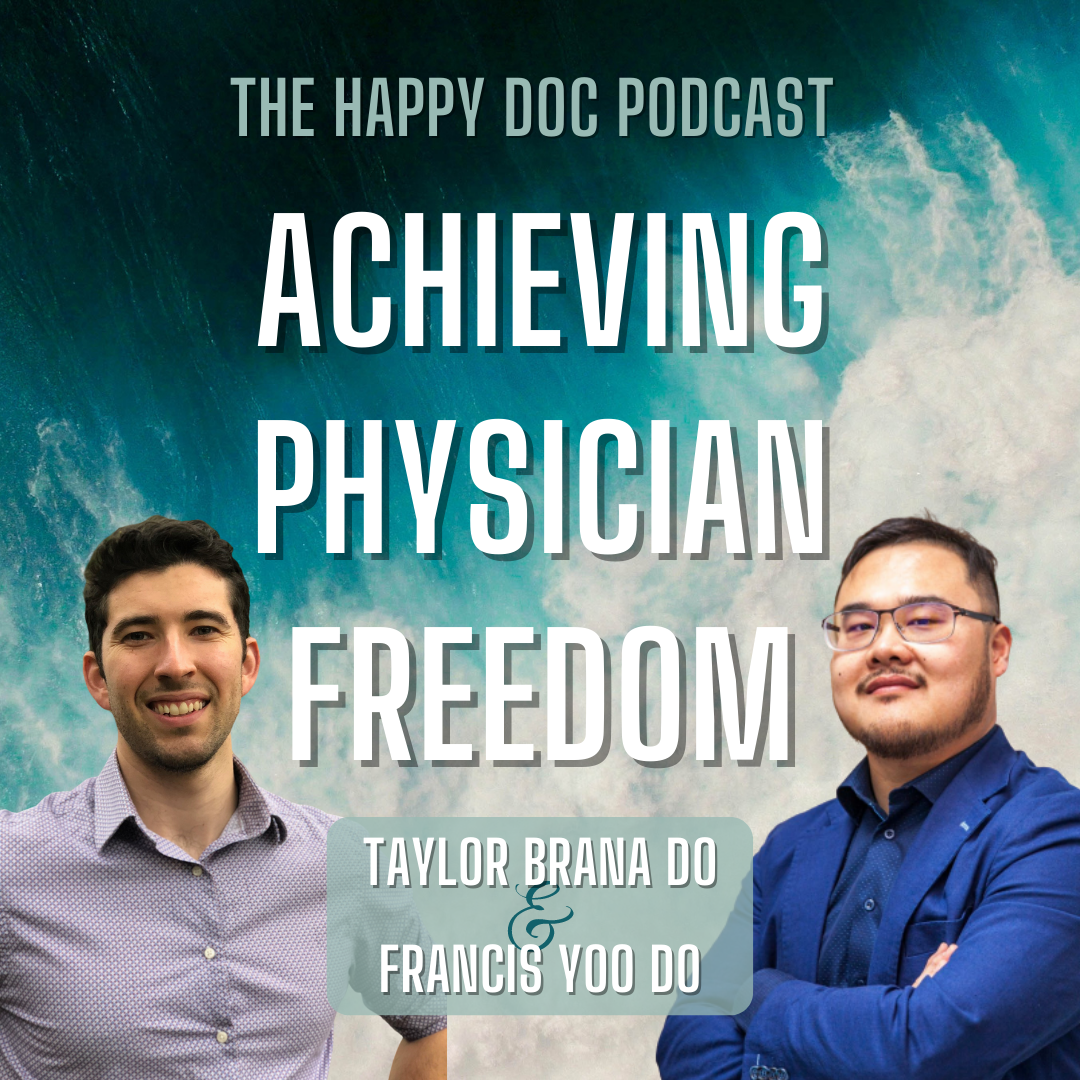
This Post Has 0 Comments